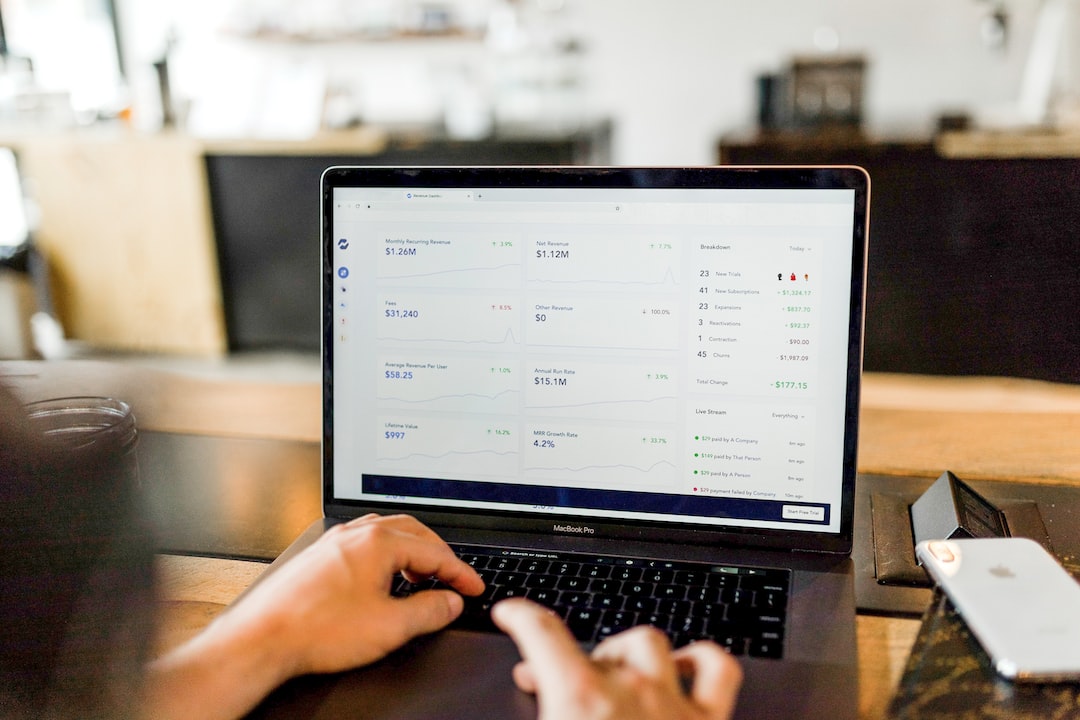Forex Trading 101: A Comprehensive Guide on How to Trade Forex Successfully
Forex trading, also known as foreign exchange trading, is the process of buying and selling currencies in the global market. With an average daily trading volume of over $6 trillion, the forex market is the largest and most liquid financial market in the world. This article aims to provide a comprehensive guide on how to trade forex successfully, covering the basics, strategies, and essential tips for beginners.
1. Understanding the Basics
Before diving into forex trading, it is crucial to understand the fundamental concepts and terminologies associated with it. Here are a few key terms to get started:
– Currency Pairs: Forex trading involves trading one currency against another. Currency pairs are denoted by three-letter codes, such as EUR/USD (Euro/US Dollar) or GBP/JPY (British Pound/Japanese Yen).
– Bid and Ask Price: The bid price is the price at which you can sell the base currency, while the ask price is the price at which you can buy the base currency. The difference between the bid and ask price is known as the spread.
– Leverage: Leverage allows traders to control a larger position with a smaller amount of capital. It amplifies both profits and losses, so it should be used with caution.
2. Choosing a Reliable Broker
Selecting a reputable forex broker is crucial for successful trading. Look for brokers that are regulated by recognized financial authorities, have a user-friendly trading platform, offer competitive spreads, and provide reliable customer support. It is also essential to consider the broker’s reputation, trading conditions, and the availability of educational resources.
3. Developing a Trading Strategy
A well-defined trading strategy is the cornerstone of successful forex trading. Here are a few popular strategies to consider:
– Trend Following: This strategy involves identifying and trading with the prevailing market trend. Traders can use technical indicators such as moving averages or trendlines to determine the direction of the trend.
– Breakout Trading: Breakout traders aim to enter the market when price breaks through a significant level of support or resistance. This strategy relies on volatility and momentum.
– Range Trading: Range traders aim to profit from price oscillations within a defined range. They buy near support levels and sell near resistance levels.
– Carry Trading: Carry traders take advantage of interest rate differentials between currencies. They buy higher-yielding currencies and sell lower-yielding currencies to earn interest income.
4. Risk Management
Proper risk management is essential in forex trading to protect your capital and ensure long-term success. Here are some risk management techniques to consider:
– Set Stop-Loss Orders: A stop-loss order is a predetermined price level at which you exit a trade to limit potential losses. It is crucial to place stop-loss orders based on careful analysis and not emotions.
– Use Proper Position Sizing: Determine the appropriate position size for each trade based on your risk tolerance and the size of your trading account. This will help you avoid excessive exposure to a single trade.
– Diversify: Spread your risk by trading different currency pairs and not concentrating all your trades in one direction or instrument.
5. Continuous Learning and Practice
Forex trading is a skill that requires continuous learning and practice. Stay updated with market news, economic indicators, and geopolitical events that can impact currency prices. Use demo accounts provided by brokers to practice your trading strategies and gain experience without risking real money.
6. Emotions and Discipline
Successful forex traders understand the importance of controlling emotions and maintaining discipline. Avoid making impulsive trading decisions based on greed or fear. Stick to your trading plan and strategy, even during periods of losses. Keep a trading journal to track your trades, analyze your mistakes, and learn from them.
In conclusion, forex trading can be a rewarding venture if approached with the right knowledge and mindset. By understanding the basics, choosing a reliable broker, developing a trading strategy, implementing risk management techniques, continuously learning, and practicing discipline, traders can increase their chances of trading forex successfully. Remember, patience and persistence are key in mastering the art of forex trading.






